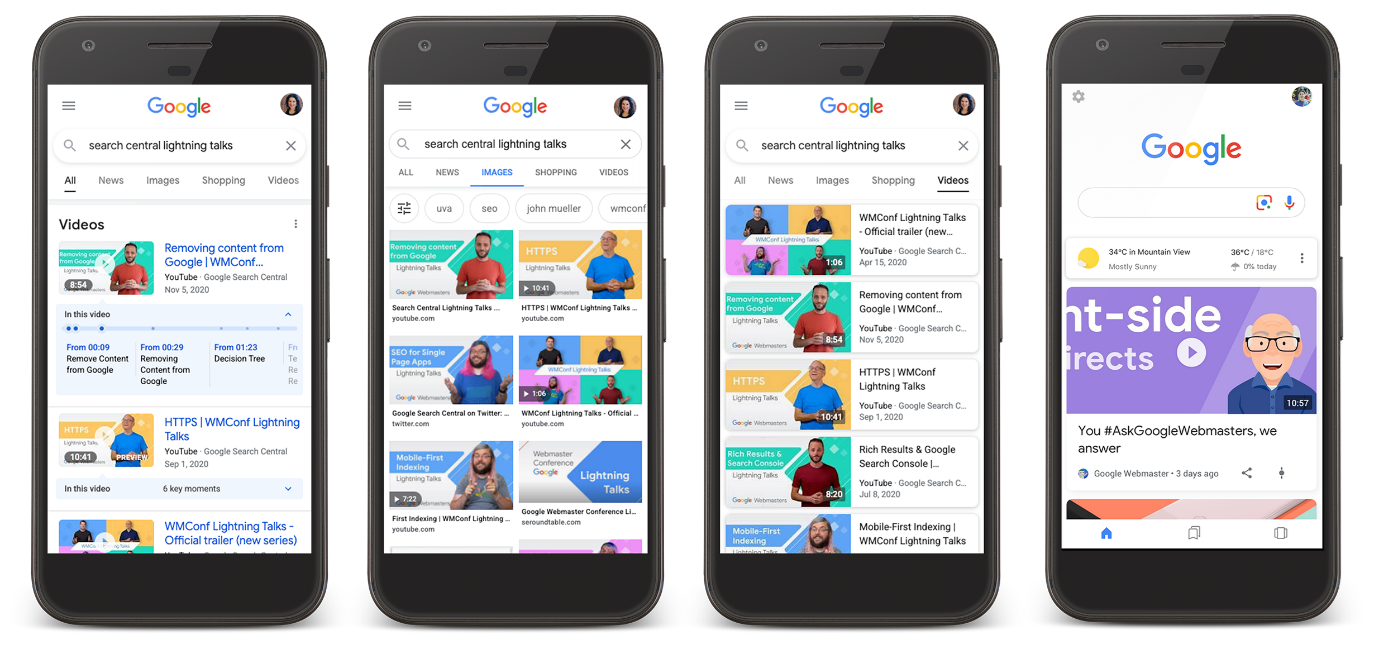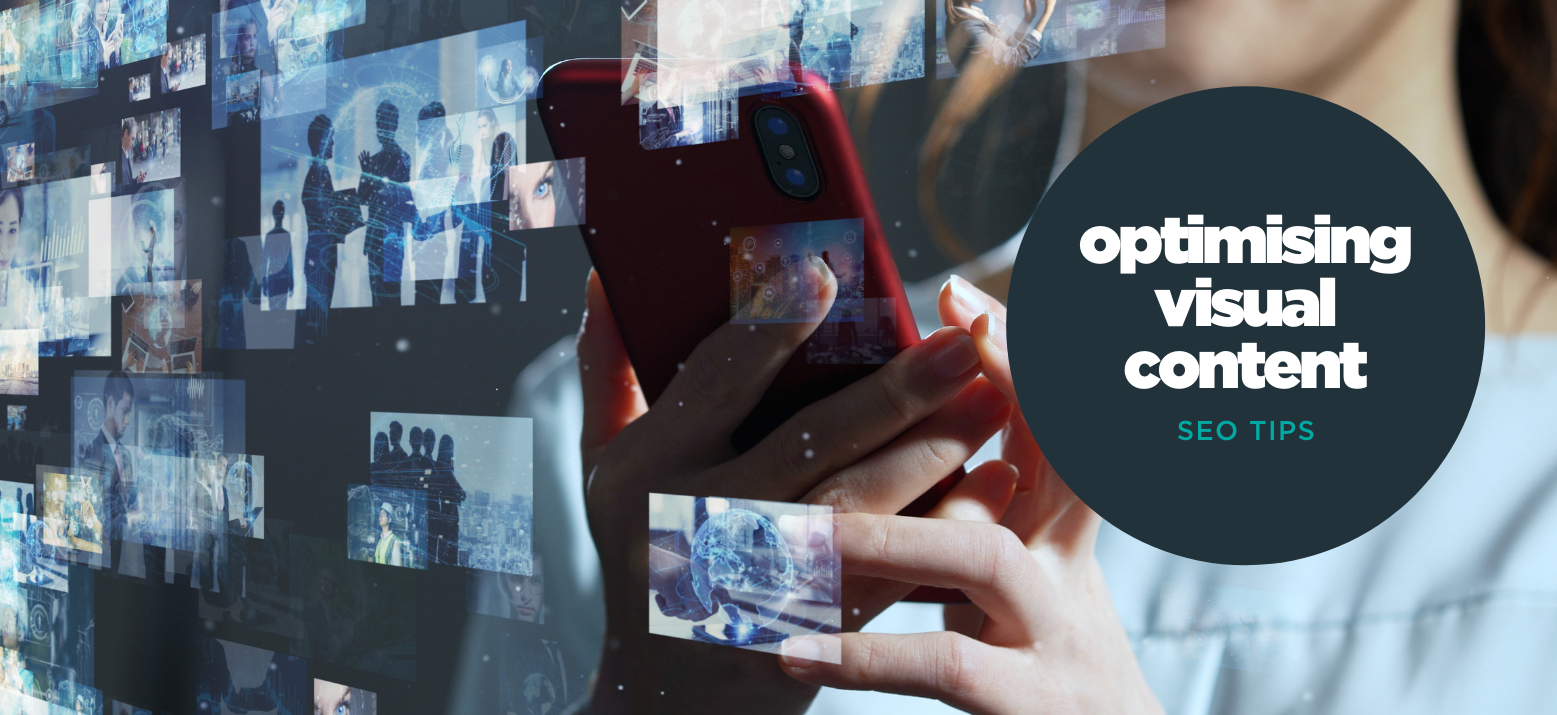Visual content is not just something pretty to break up blocks of text, it is also a very real and effective way to communicate information to your audience. Research shows that people are only likely to remember around 10% of information that they hear after three days have passed, whereas pairing a visual with the same information increases the retention to around 65% after the same period of time.
Visuals, whether it’s videos, images, infographics or animated gifs, make content easier for many people to consume, can help to guide readers through longer pieces effectively and video content can help keep people on your web pages for longer. The great news is that search engines also see the value in visuals that are properly optimised, which means they can help with your wider site SEO performance too. Optimising visual content for search engines should be a part of every website’s wider SEO strategy.
How does SEO work on images?
Optimising images for search engines is really important, and needs to be approached in a few different ways.
- Large image files can slow a website down, which is a bit no-no from an SEO point of view, as well as negatively impacting user experience. Therefore, image optimisation for search engines includes ensuring images are an appropriate file type, size and quality.
- Choosing an appropriate file name for your images is vital, giving you an opportunity to include relevant keywords. Make sure that you use hyphens to separate words in image file names rather than underscores. The file name also needs to make sense to people as well as search engines – ideally summarising the main theme of the image. The same goes for the image title, which is sometimes just a duplication of the file name, depending on your website CMS.
- Using alt tags on images isn’t just good SEO practice, it’s also essential for the accessibility of your website to those who use screen readers on websites e.g. those with a visual impairment. Don’t stuff keywords into alt text, but you can use relevant terms if they describe what’s depicted in the image, using a maximum of 15 words.
- With complex images, you can incorporate an explanation into captions, which will help both search engines and human users to better understand the image and benefit overall user experience.
- Use unique images whenever you can, because search engines love unique content as much for visuals as they do for text. Stock images can be great, but if other websites are using them too then it is unlikely to benefit your search engine rankings. However, changing stock images (assuming you have ownership of all the relevant legal rights to do so) to make them unique can be one way to help with this. Ideally, uploading as many of your own uniquely created images is best, but in the real world, this isn’t always possible for most brands and businesses.
- For images that contain a lot of information, such as infographics, ensuring that you have web page text accompanying the image that provides relevant and complementary information can be a big help for SEO purposes.
- Using structured data on your web pages containing product images can help them get more search visibility because they may be shown as rich results, which is brilliant for ecommerce SEO.

Can you SEO stock images?
Many websites use stock images on their website in some way, whether that’s for page banners, in blog posts or elsewhere. Can these be optimised in the same way as a unique photo that you took yourself?
The simple answer, in our experience, is that if you use an unaltered stock image that is also used by many other websites in that same form, it is unlikely to tangibly ‘harm’ your site’s SEO efforts, but it probably won’t add much benefit either.
However, using the right kind of images, that are highly relevant to the page and its other content, whether stock or otherwise, can play a part in conversions or other website actions that you want users to take.
Whilst search engines always keep their cards close to their chest on ranking factors, Google’s John Mueller did say this in 2020 during an exchange on Twitter:
It doesn’t matter for web-search directly. For image search, if it’s the same image as used in many places, it’ll be harder. (There’s also the potential impact on users, after search happens, eg: does it affect conversions if your team photo is obvious stock photography?)
— John (@JohnMu) June 27, 2020
Is video good for SEO?
As mentioned earlier, video can help encourage people to spend longer on your website, which can be a positive ranking signal for search engines, but there are also other potential SEO benefits, such as earning links which can benefit your whole site’s organic visibility. Video content is also great for providing useful information in an easily consumable way. Many website users will be put off reading a big page of text, but if the same info can be included in a 30-60 second video, then they’ll happily watch that. An effective content marketing services strategy will incorporate video if it’s something that you know that your audience engage well with and find useful and the SEO benefits can improve performance across your site.
- In a similar way to product images, you can also apply structured data to webpages containing video content, which can result in high-profile rich results in much the same way.

- In an ideal world from an SEO point of view, you want to be hosting your video content on your site rather than uploading the full version to YouTube and embedding it from there. Ensuring that your website is the only place to watch your video content provides that uniqueness that search engines love, and means the traffic comes to you and not to YouTube. Hosting solutions such as Wistia can do this.
- As with images, ensure that your video filename and title are optimised with relevant and appropriate descriptive keywords. It’s also a great idea to include a transcript to the video in text on the webpage where it is used, clearly labelled as such, so that both search engines and accessibility are taken into consideration by providing the information in an alternate way too.
- It’s also good practice to add captions to your video, from a user experience point of view, to help anyone who might not be able to hear any voiceover or dialogue, or someone who isn’t able to watch it with the sound turned on for whatever reason. Research indicates that around 80% of consumers say they are more likely to watch a whole video if captions are available. Captions may not be a ranking factor, but users that stay on your website longer to consume your video content in full could well have an impact on ranking signals that your pages send to search engines.
If you want any more information on visual content SEO or optimising your wider website, get in touch with our specialist team using the below form.







